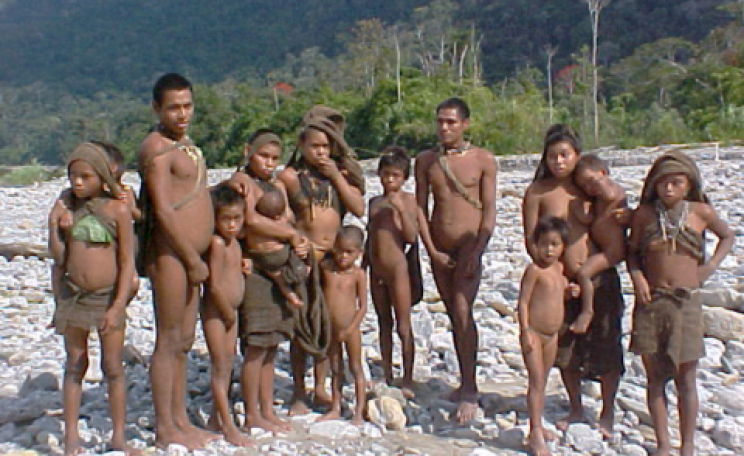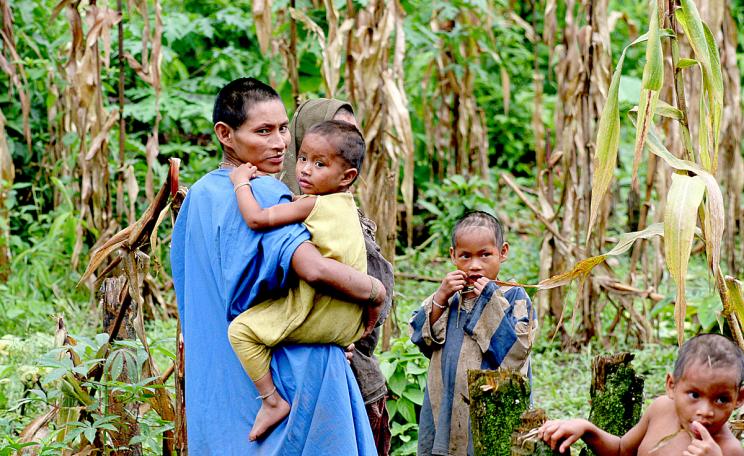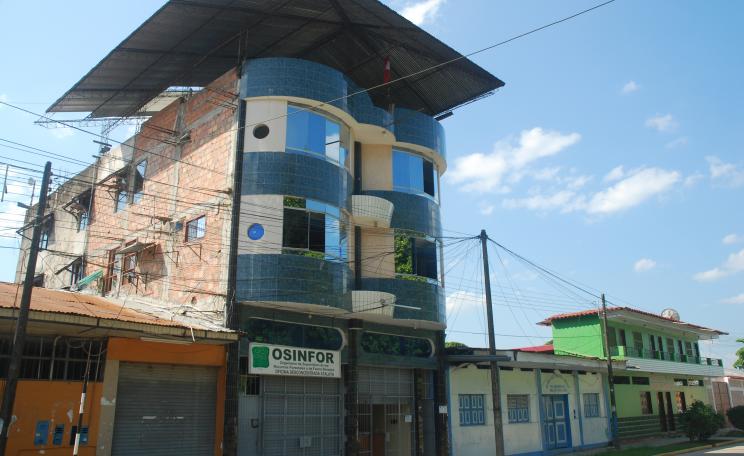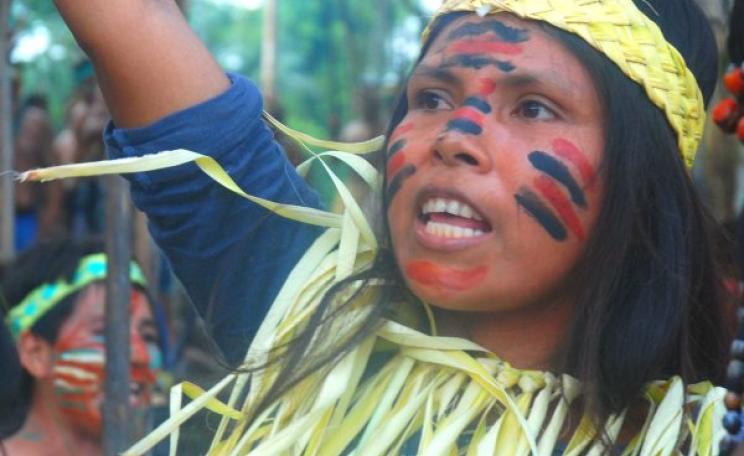The 'physical and cultural survival' of indigenous peoples is at risk.
The Peruvian government is pushing ahead with plans to expand gas operations in a supposedly protected reserve in the Amazon despite calls by the United Nations to suspend them.
The company leading the operations, Pluspetrol, moved one step closer to proceeding with the expansion of the Camisea gas project - Peru's biggest ever energy development - following a report by the vice-ministry of inter-culturality (VMI) last week.
Pluspetrol's plans include drilling 18 wells and conducting seismic tests in an 'intangible' reserve for indigenous peoples living in 'voluntary isolation' and 'initial contact'.
The reserve is also part of the buffer zone for the Manu national park, where Unesco says the biological diversity "exceeds that of any other place on Earth."
UN special rapporteur visited in December
The VMI, Pluspetrol and the energy ministry are continuing to push ahead with the expansion plans despite recommendations made by the UN's special rapporteur on the rights of indigenous peoples, James Anaya, during a visit to Peru in December.
"As if the UN's special rapporteur didn't exist or hadn't made an official visit", was how Servindi, a Peruvian news website, responded to the VMI's report.
Anaya made his recommendations in a formal, 2,714 word statement read at a press conference in Lima. One recommendation was that the government perform an "exhaustive study" of the indigenous peoples in the gas project region.
Another that it "shouldn't proceed with the proposed expansion without previously and conclusively establishing that their human rights will not be violated."
"It's obvious that these groups are extremely vulnerable", Anaya said at the end of his eight day visit.
Violence can be expected
Pilar Cameno, from Peruvian NGO DAR, told the Guardian that the expansion could lead to "violent encounters" between gas project workers and indigenous peoples, "increased mortality rates", the loss of land and access to resources, and environmental contamination.
"The Peruvian state must heed the UN rapporteur's recommendations and implement them", Cameno says. "What's at stake here is the survival of the indigenous peoples in isolation and initial contact - not just as individuals, but as whole cultures."
Asked why Peru isn't heeding the Rapporteur's recommendations, the vice-minister for inter-culturality, Patricia Balbuena Palacios, said the government is waiting to receive an official report by Anaya:
"According to the correct channels, the Peruvian state must revise and issue an opinion on the report and then it must be accepted by the UN's human rights council who will send it to us as an official document."
The 'physical and cultural survival' of indigenous peoples is at risk.
Physical and cultural survival at risk
Anaya's recommendations follow an appeal last year by the UN's committee on the elimination of racial discrimination (Cerd) to Peru to "immediately suspend" the expansion, and a follow-up letter from Cerd expressing concern that the "physical and cultural survival" of indigenous peoples would be put at risk.
The VMI's report last week - on the Environmental Impact Assessment (EIA) of Pluspetrol's expansion plans - concluded that the company has done almost everything required of it to proceed, stating that 34 of 37 'observations' on the EIA made in a previous VMI report last November had been satisfactorily addressed by Pluspetrol.
One of the three outstanding 'observations' is that Pluspetrol shouldn't conduct 3D seismic tests in one particular area of the reserve because of the "possible presence of people in isolation."
According to the VMI's report last week, Pluspetrol responded by stating that satellite images of the area in question show no signs of "permanent or semi-permanent" human settlements, and that it has an "anthropological contingency plan" in case of "undesired contacts with peoples in isolation".
Pluspetrol added that despite the fact it doesn't think the VMI's request "necessary", it will reduce the area for its 3D seismic tests by 6,300 hectares - a response considered unsatisfactory by the VMI.
Early critical report censored
The VMI's first report on Pluspetrol's EIA, dated last July, was much more critical. It made 83 'observations' and stated that the Nahua people living in 'initial contact' in the reserve could be "devastated" by the expansion.
The Kirineri and Nanti people in 'voluntary isolation'could be made "extinct".
The July report also acknowledged that there are indigenous peoples in 'voluntary isolation' in the far NE and SE of Pluspetrol's concession where the company wants to build wells and conduct further seismic tests. However this concern was ignored in the VMI's two most recent reports.
The VMI's July report was almost immediately removed from the public sphere and subsequently rescinded. Key VMI personnel including the vice-minister of inter-culturality and the director of the head office for Indigenous Peoples' Rights resigned.
Next it was announced that another report would be written and a "special team", as Balbuena Palacios has described it, from outside the VMI was contracted to do so.
Lot 88 - 30% of Peru's oil and gas production
The concession operated by Pluspetrol, which leads a consortium of companies including Hunt Oil, Repsol and SK Corporation, is called Lot 88, 74% of which is superimposed over a reserve established in 1990.
The seismic tests will involve thousands of underground explosions, and are scheduled to take place across hundreds of square kms.
According to Perupetro, the state's oil and gas promotions agency, Lot 88 accounted for almost 30% of Peru's total oil and gas production in 2012.
The Peruvian energy ministry and Pluspetrol could not be reached for comment.
David Hill is a freelance reporter based in South America. Read more of his Andes to the Amazon articles.
Twitter handle: @DavidHillTweets
This article was first published in The Guardian. It is reproduced here by kind permission under the Guardian Environment Network.






